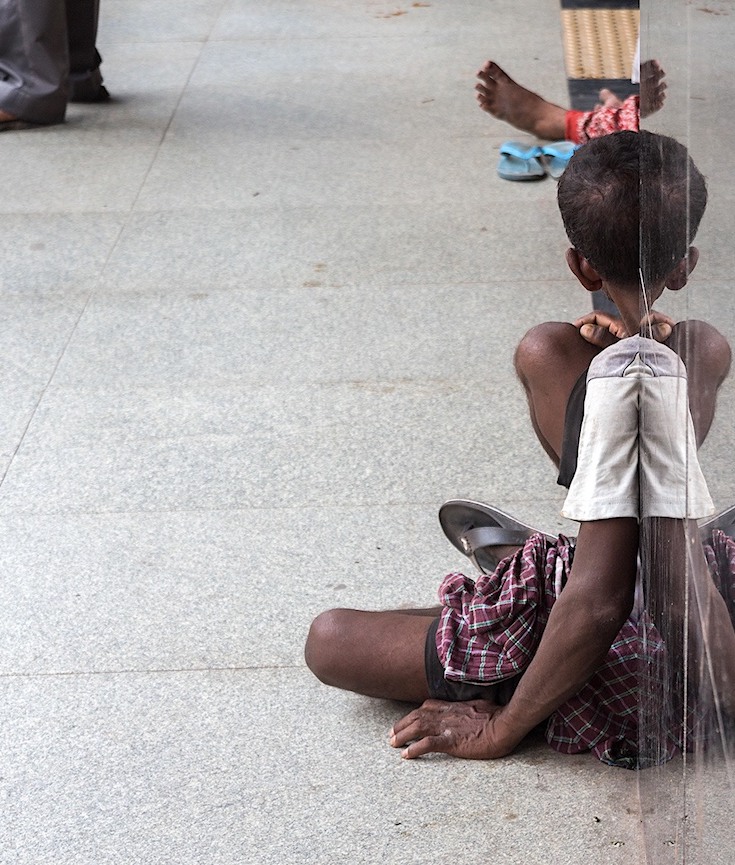[dropcap]BAREILLY[/dropcap], Uttar Pradesh — One day in April last year, 13-year-old Savitri was walking down a road with her mother in Dataganj district, in the northern state of Uttar Pradesh, carrying a flask of tea to her father, a laborer at a brick kiln, when five men pulled her into a moving jeep. One of them was from their village.
After Savitri’s father was told of her abduction, he hitchhiked to the police station; he couldn’t afford to take the bus. The officers set out to look for the man who had been recognized. They couldn’t find him, but they demolished his hut. Then they put the matter aside. They didn’t file a First Information Report, which is required to open an investigation. [mc4wp_form id=”6042″]
One of the officers present that day told me in October this year that he didn’t think they could have done anything more. “Girls run away,” he said, with a shrug.


NATIONAL MUSEUM OF AFRICAN AMERICAN HISTORY & CULTURE | WASHINGTON, DC
The National Museum of African American History and Culture is the only national museum devoted exclusively to the documentation of African American life, history, and culture. It was established by Act of Congress in 2003, following decades of efforts to promote and highlight the contributions of African Americans. To date, the Museum has collected more than 36,000 artifacts and nearly 100,000 individuals have become charter members. The Museum opened to the public on September 24, 2016, as the 19th and newest museum of the Smithsonian Institution. (Website).


You must be logged in to post a comment.